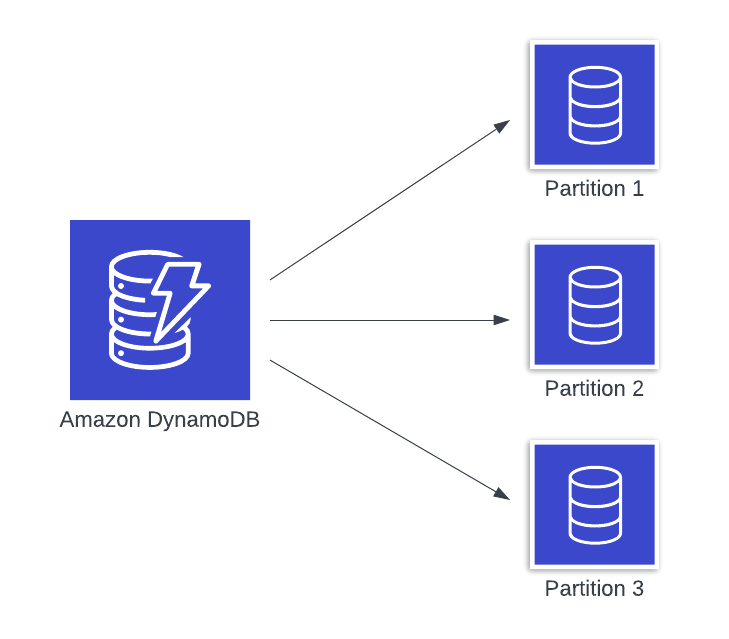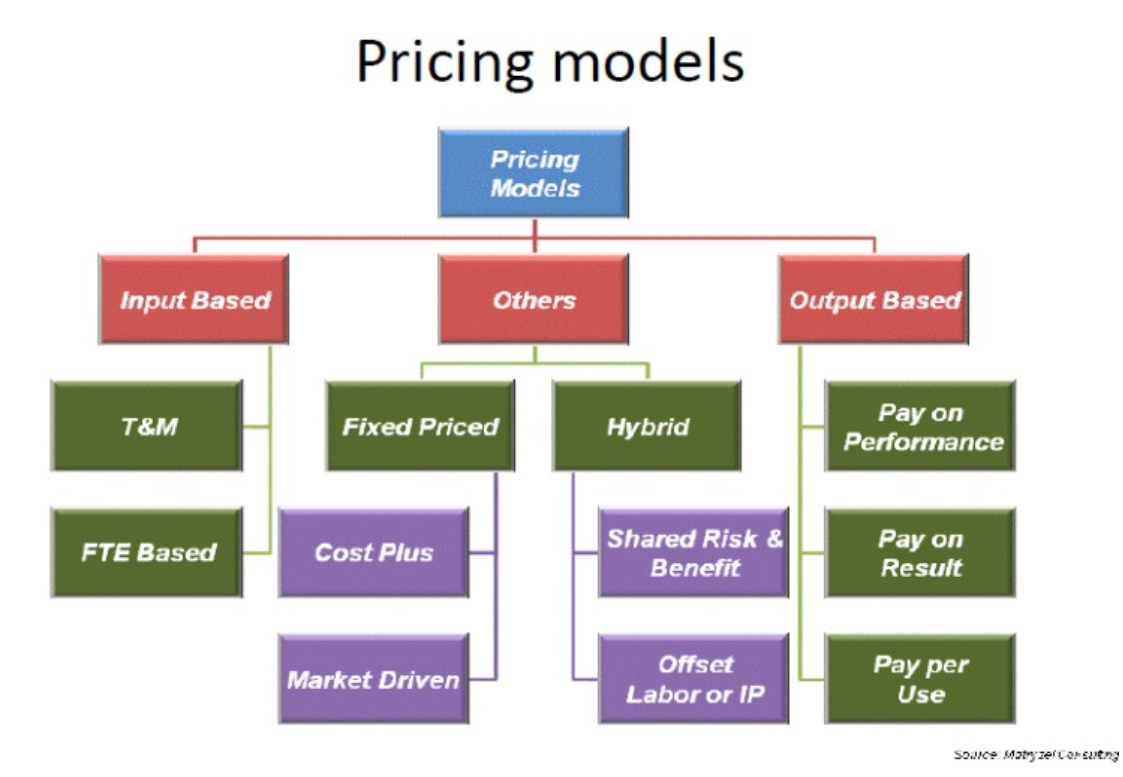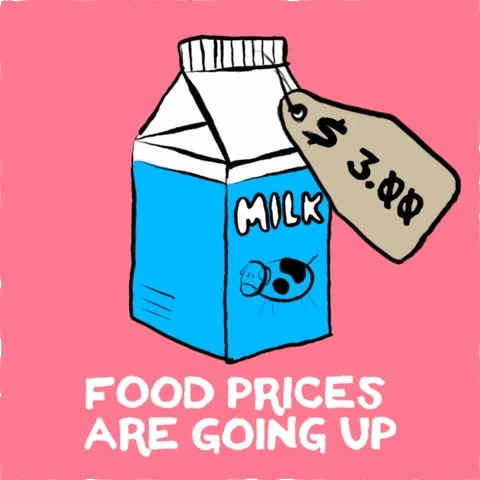In this article, we delve into the recent surge in coffee prices and the factors driving this upward trend. We'll focus on the pricing of two popular coffee brands: South Africa's beloved Jacobs Kronung and Australia's favorite Moccona Freeze Dried Instant Coffee Classic. Using data from the OpenPriceEngine API, we will analyze the price fluctuations of these products from January 2023 to August 2024.
Additionally, we'll examine global commodity coffee prices, highlighting a notable price increase observed after April 2024. Our investigation reveals that the coffee harvest season in major coffee-producing regions like Brazil, which occurs from March to May, plays a crucial role in these price changes. As the largest coffee producer globally, Brazil's harvest size has a significant impact on global coffee prices. A bountiful harvest can lead to an oversupply in the market, potentially driving prices down, while any challenges during the harvest season can cause prices to spike
source: tradingeconomics
The chart displays the price of coffee in USD per pound over a period from late 2023 to mid-2024.
- Starting Point (Late 2023): The price of coffee begins at around 159.04 USD/Lbs.
- Early 2024: The price experiences a steady rise, peaking around March, and reaching a significant high.
- April 1, 2024: The price drops to approximately 191.80 USD/Lbs, as marked by the chart.
- Post-April: After this dip, the price begins to recover and shows an overall upward trend.
- August 2024: By this time, the price reaches a peak of 248.04 USD/Lbs, indicating strong market performance or possibly external factors driving the price higher.
openpricengine
The chart shows the price trend of Pick ‘n Pay Jacobs Kronung Instant Coffee (230g) over a period spanning from early 2023 to mid-2024.
January 2023:
- The price starts at around R140.
Early 2023:
- There’s a slight decline in price before it stabilizes around March 2023.
April to July 2023:
- The price rises significantly from around R140 to over R160, indicating a strong upward trend in mid-2023.
July to October 2023:
- The price reaches a peak, then drops slightly around October 2023, suggesting some volatility.
Late 2023 to Early 2024:
- The price stabilizes around 150-160 units until January 2024, indicating a period of relative stability.
February to April 2024:
- A notable decrease occurs, with the price dropping back down to approximately R140, matching early 2023 levels.
April to July 2024:
- After hitting this low, the price rises sharply again, reaching a new peak above R170 by mid-2024.
The price shows significant fluctuations, with periods of stability followed by sharp increases and decreases. The most prominent trend is the sharp rise in prices from April to July 2024, indicating potential market influences such as supply shortages, increased demand, or other economic factors affecting coffee prices.
openpricengine
The chart depicts the price trend of Moccona Freeze Dried Instant Coffee Classic Medium Roast (200g) from early 2023 to mid-2024. Note that we converted the Australian coffee price to Rands as well.
April 2023 to April 2024:
- Stable Period: The price remains flat and stable at around R190 throughout this period. There are no noticeable fluctuations or changes in the price, indicating stability in the market for this product during this time.
April 2024 to July 2024:
- Sharp Increase: Beginning around April 2024, the price jumps significantly from R190 units to approximately R230. This sharp rise suggests a substantial change in the market conditions, possibly due to increased demand, reduced supply, or other economic factors affecting the cost of this coffee product.
July 2024:
- Stabilization at Higher Level: After the sharp increase, the price stabilizes at the new level of R230, with no further significant changes by mid-2024.
The price trend is characterized by a long period of stability followed by a sudden and sustained increase. The sharp rise in price in 2024 could indicate external market factors, such as inflation, supply chain disruptions, or increased production costs. The stabilization at the higher price point suggests that this increase may be a new normal for the product, at least in the short term.
openpricengine
The chart compares the prices of two coffee products, Moccona FG and Jacobs PNP, over a period from early 2023 to mid-2024.
Moccona FG Price (Blue Line):
- 2023: The price of Moccona FG remains relatively stable around R190 to R200 throughout 2023, showing minimal fluctuations.
- 2024: Around April 2024, there is a significant jump in the price, increasing sharply to about R230 . This higher price is maintained through mid-2024.
Jacobs PNP Price (Yellow Line):
- 2023: The price of Jacobs PNP is lower than that of Moccona FG, fluctuating around R160 to R170 with a slight decline as 2023 progresses.
- 2024: In early 2024, the price continues to decrease, reaching a low of about 140 units in April. However, following this, the price begins to rise steadily, reaching approximately R170 by July 2024.
Relationship:
- Price Divergence: Initially, the price difference between Moccona FG and Jacobs PNP is relatively stable, with Moccona FG consistently priced higher. However, by April 2024, Moccona FG will experience a sharp price increase, widening the gap significantly.
- Jacobs PNP Catch-up: After reaching its lowest point in April 2024, Jacobs PNP's price starts to recover, gradually closing the gap with Moccona FG, though it remains lower.
- Market Dynamics: The sharp increase in Moccona FG's price might indicate factors such as supply constraints, increased demand, or changes in production costs that do not affect Jacobs PNP as severely. Conversely, Jacobs PNP's initial price decline followed by a recovery could suggest it is more sensitive to competitive pressures or possibly a delayed response to market changes impacting Moccona FG.
Moccona FG maintains a higher and more stable price, experiencing a sharp rise in 2024, whereas Jacobs PNP shows more variability, with an initial decline followed by a steady recovery. The two products show different market responses, possibly due to differences in branding, market positioning, or supply chain factors.
Coffee prices in South Africa can vary depending on a number of factors, such as the type of coffee, the brand, and where you buy it.
- Coffee Beans/Ground Coffee: For a standard pack of coffee beans or ground coffee (about 250 grams), prices typically range from around ZAR 50 to ZAR 150. Specialty or premium brands can be more expensive.
- Instant Coffee: A jar of instant coffee (around 100-200 grams) might cost between ZAR 60 and ZAR 120, depending on the brand and quality.
- Coffee at Cafés: A cup of coffee from a café usually costs between ZAR 30 and ZAR 60, with specialty drinks or large sizes being more expensive.
Climate change has significant impacts on various aspects of the environment and human society. Here are some key areas affected:
- Temperature Increases: Global temperatures are rising due to increased greenhouse gas emissions. This leads to more frequent and intense heat waves, which can affect human health, agriculture, and energy consumption.
- Sea-Level Rise: Melting glaciers and ice caps, along with the thermal expansion of seawater, contribute to rising sea levels. This can lead to coastal erosion, increased flooding, and the displacement of communities living in low-lying areas.
- Extreme Weather Events: Climate change is linked to more frequent and severe weather events, including hurricanes, droughts, heavy rainfall, and wildfires. These events can cause significant damage to infrastructure, ecosystems, and economies.
- Ecosystem Disruption: Shifts in temperature and precipitation patterns can disrupt ecosystems and biodiversity. Species may face habitat loss, changes in food availability, and altered migration patterns, leading to shifts in ecosystems and potential extinctions.
- Agricultural Impact: Changes in temperature, precipitation, and extreme weather can affect crop yields and food production. Some areas may experience reduced agricultural productivity, while others might benefit from longer growing seasons or new crop varieties.
- Water Resources: Changes in precipitation patterns and increased evaporation can affect the availability of freshwater resources. This can impact drinking water supplies, agriculture, and hydropower generation.
- Human Health: Climate change can exacerbate health problems by increasing the prevalence of heat-related illnesses, spreading vector-borne diseases (like malaria and dengue fever), and impacting air quality.
- Economic Impact: The costs associated with climate change include damage to infrastructure, increased healthcare costs, and the need for adaptation and mitigation measures. Extreme weather events and changing agricultural conditions can also affect global supply chains and economic stability.
- Ocean Acidification: Increased CO2 levels lead to higher acidity in oceans, which can harm marine life, particularly organisms with calcium carbonate shells or skeletons, such as corals and shellfish.
- Social and Political Effects: Climate change can contribute to social and political instability, particularly in regions vulnerable to resource scarcity and extreme weather. It can also lead to climate-induced migration, as people move from areas affected by extreme conditions or sea-level rise.
Coffee Harvesting
The timing of coffee harvesting depends on the region and climate where it's grown:
Latin America: In countries like Brazil and Colombia, the main harvest usually occurs from April to August. Some regions might have a second smaller harvest around October to December.
Africa: In Ethiopia and Kenya, the harvest generally happens from October to December, with some variation depending on the specific region.
Asia: In countries like Vietnam and Indonesia, the harvest typically runs from October to March.
Coffee Harvesting in South Africa
Coffee harvesting in South Africa is a growing industry, although it is relatively small compared to other coffee-producing countries.
Regions of Production:
- KwaZulu-Natal and Mpumalanga: These are the primary regions where coffee is cultivated. The area's climate and altitude are suitable for Arabica coffee production, which is the most common type grown in South Africa.
Harvesting Season:
- The coffee harvesting season in South Africa typically takes place from April to September. This is during the cooler months, which are ideal for harvesting as the cherries ripen.
Process:
- Hand-Picking: Coffee cherries are often hand-picked in South Africa. This method allows farmers to select only the ripe cherries, ensuring better quality.
- Processing: After harvesting, the cherries are processed using either the wet (washed) or dry (natural) methods to remove the beans from the cherries.
- Drying: The beans are then dried, either on raised beds or patios, until they reach the desired moisture level.
Challenges:
- Climate Change: Like many other coffee-growing regions, South African coffee farmers face challenges related to climate change, such as unpredictable weather patterns and changing rainfall.
- Limited Scale: Coffee production in South Africa is on a much smaller scale compared to major coffee-producing countries. This limits the global impact of South African coffee but also allows for a focus on quality and niche markets.
Market:
- South African coffee is gaining recognition for its quality, with a growing emphasis on specialty coffee. Local consumption is also on the rise, with an increasing number of South African consumers showing interest in locally-produced coffee.
Conclusion
In summary, South Africa's coffee industry is not as large as those in countries like Brazil or Ethiopia, it is steadily growing and contributing to the global specialty coffee market. Coffee prices have increased significantly from late 2023 to mid-2024, with some fluctuations along the way. The price nearly doubled from its starting point, reflecting strong demand, supply issues, or other market dynamics.






